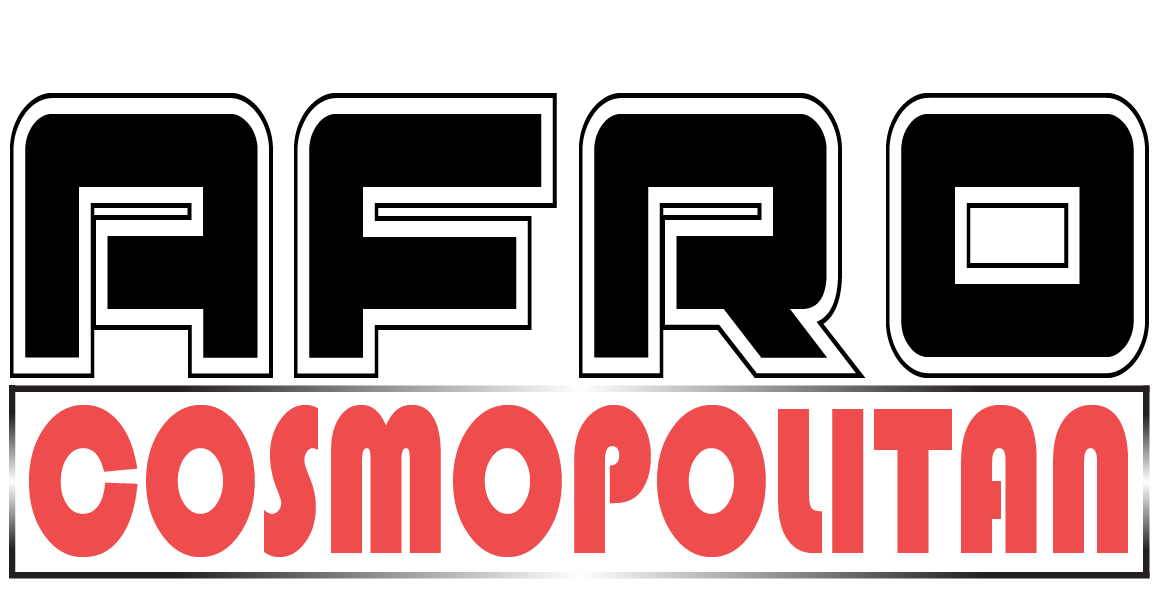The sustainable movement is one that every business should embrace. This includes those who make fabrics or textiles. The simplest way to take your business’s sustainability to the next level is by choosing fabrics made with organic and recycled materials.
Increased Brand Recognition
Fabric sourcing for designers helps brands promote their eco-friendly practices. This includes using GOTS-certified organic cotton and other relevant certifications like fair trade that ensure farmers receive adequate pay, safe conditions, and no exposure to harmful chemicals during the growing process. Choosing fabrics with a low-water footprint is another way to reduce your brand’s impact. Another option is to use deadstock fabric, which is reclaimed from manufacturing. These fabrics have a lower environmental impact than new fabrics because they use less energy and water during production. This is great for businesses trying to change the fact that around 30% of fashion fabrics go to waste. Sustainable fabrics are also known for their softness and breathability. Some examples include lyocell, made from eucalyptus wood pulp, and Modal, made from beech trees. Ultimately, these fabrics are more durable than their synthetic counterparts, which helps reduce your clothing’s carbon footprint. Additionally, these fabrics are often sourced from manufacturers that offer low minimums and fast turnaround. This makes sourcing sustainable material for your designs more accessible than ever.
Increased Customer Satisfaction
Every textile has a different environmental and social impact, whether the water and energy used to make it, land use, or end-of-life prospects. However, regenerative and recycled fabrics typically impact less than their conventional counterparts. Many brands are making their mark in the sustainable fashion industry by using regenerative fabrics for their designs. Other sustainable fabric options include lyocell and hemp. Both of these are biodegradable and require less water than cotton. Hemp is also self-sufficient, requiring no fertilizers or pesticides to grow. Its versatility allows it to be woven and knitted into soft, comfortable, and stylish clothing. Regarding synthetic sustainable fabrics, rPET (recycled polyester) and Econyl are great choices. In addition, some brands choose to go completely deadstock — or use reclaimed materials from other garments. This reduces the manufacturing footprint, saves valuable materials from landfills, and can be an excellent option for zero-waste fashion brands.
Reduced Carbon Footprint
Choosing sustainable fabrics helps reduce your brand’s carbon footprint. The fashion industry is one of the most polluting industries in the world, causing greenhouse gas emissions that lead to global warming and climate change. Sustainable fabrics are made with organic and recycled materials with less environmental impact. These fabrics also require less water, energy, and no chemical treatment to grow. Additionally, they can be sourced locally to shorten supply chains and cut transportation emissions. Lastly, they can be sorted and recycled for end-of-life use without releasing harmful microfibers into the environment. Hemp, flax, and jute are excellent options for sustainable fabric as they have a low carbon footprint and biodegrade quickly. They are also more versatile than fleece or synthetic materials but can still be challenging to find in high quantities. Other great alternatives include bamboo, Modal, and TENCEL(TM), all made with renewable wood pulp. They are eco-friendly and odour-free. They also do not shed microfibers that contribute to ocean plastic waste. These fabrics are perfect for your sustainable clothing line as they are durable and last longer.
Increased Product Lifespan
The pursuit of sustainability is becoming increasingly common, especially in fashion, where many brands are changing to improve their product line. Brands can use sustainable fabrics from organic and chemical-free farming, recycled materials, and circular manufacturing processes. When sourcing sustainable fabrics, you have plenty of options for all garments and textiles. Everything from organic cotton to wool reclaimed from old fishing nets is found. Other sustainable fabrics include bamboo, which is grown without fertilizers and requires less water than traditional cotton. Hemp is another eco-friendly fiber becoming increasingly popular thanks to its versatility and durability. Another cool sustainable fabric is pineapple leather, which uses byproduct stalks of the prickly cactus to create a cruelty-free substitute for animal skins.
Improved Employee Morale
As the sustainable movement continues to gain momentum, brands need to be conscious of the materials they choose for their products. A company can significantly reduce its negative impact on the planet by switching to sustainable fabrics. For example, if your brand uses any fabric derived from animal fibre (like wool, leather, or cashmere), it’s best to use only organic and ethically harvested fibres. This ensures the animals are treated humanely and that the production process is not causing any detrimental effects on the surrounding environment. Another eco-friendly option for fabric is deadstock, which refers to reclaimed fabrics like industry scraps or old unworn clothing. This is a popular choice among zero-waste fashion brands and keeps valuable materials from going to landfills.










